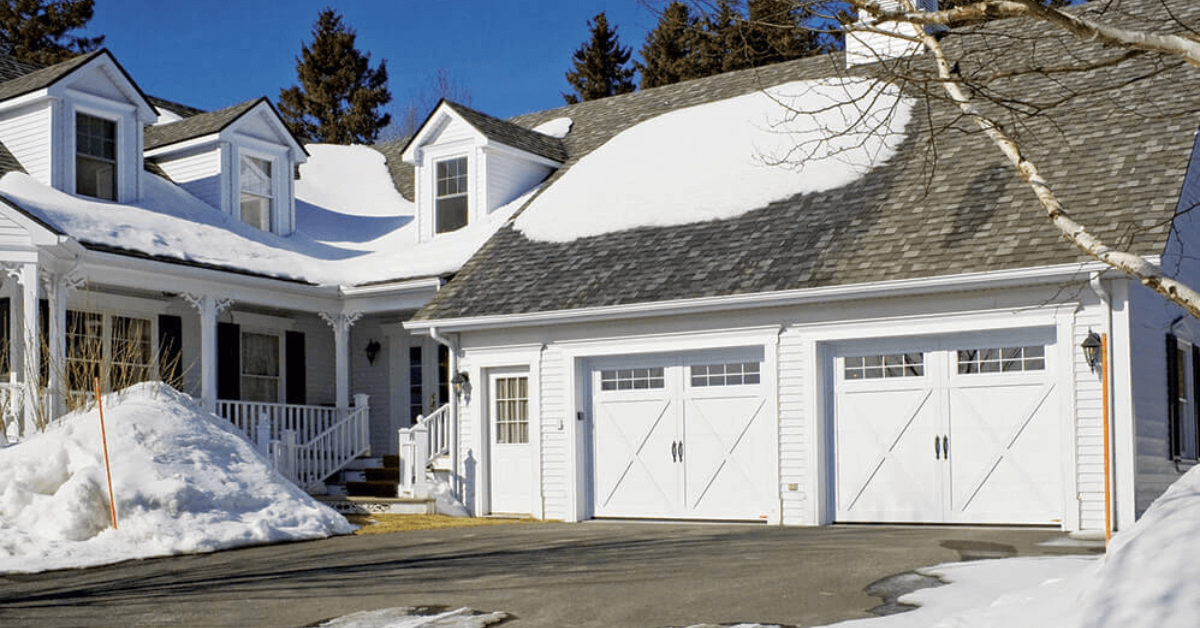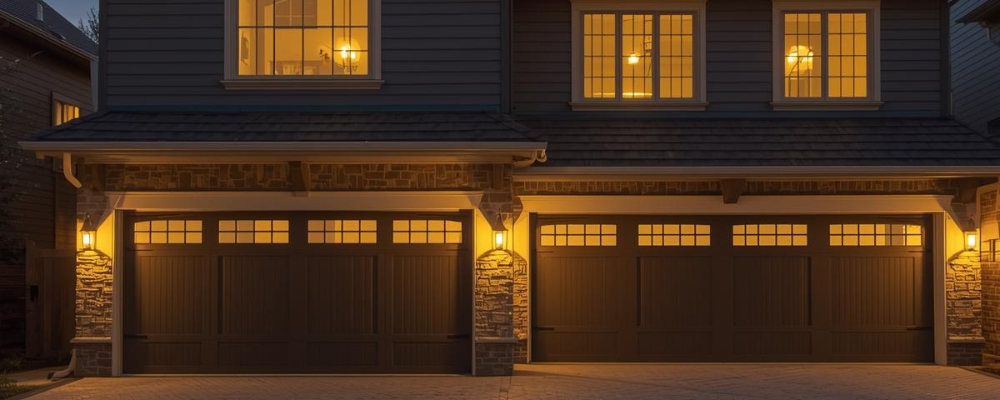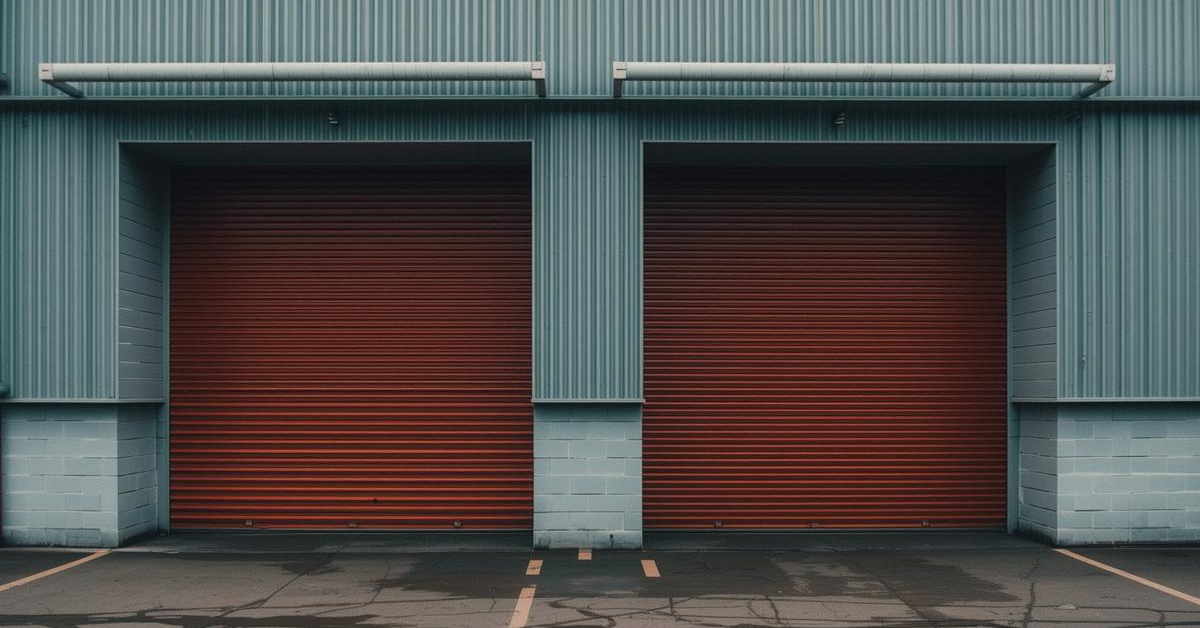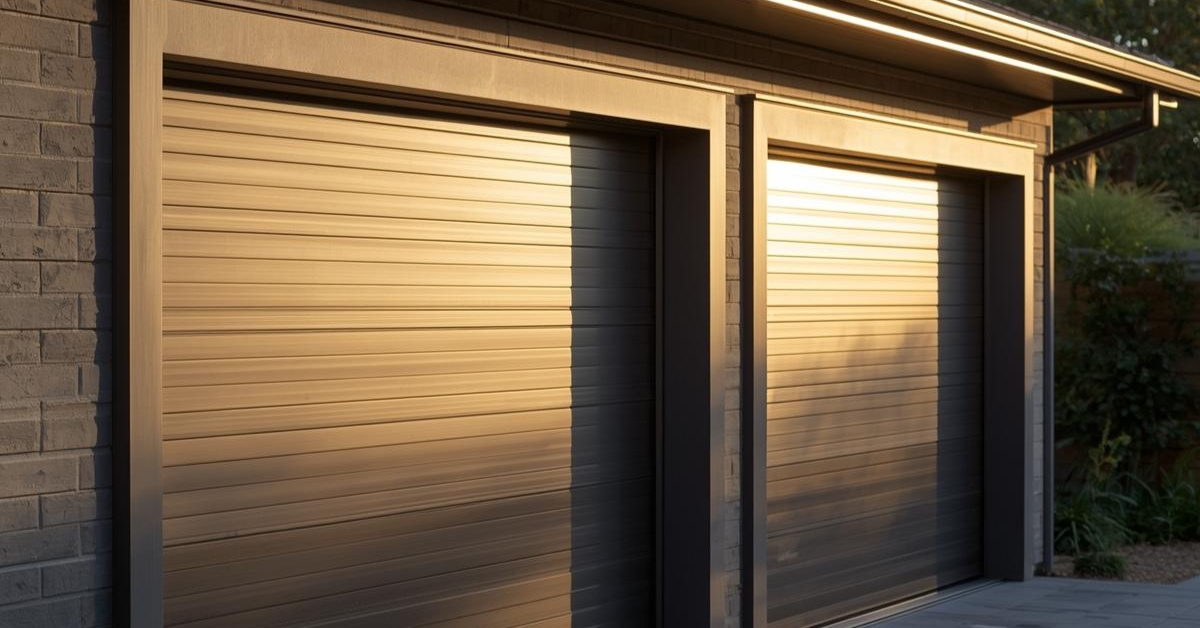Garage Door Insulation Tips for Winter Woes
As winter wraps its icy tendrils around us, homeowners embark on a quest to preserve the warmth and coziness of their sanctuaries. In this battle against the chill, the usual suspects of walls and windows often steal the spotlight, while the unsung hero, the garage, languishes in neglect. Yet, this unassuming space holds a pivotal role in the grand symphony of maintaining household warmth. For those with an attached garage, the key to unlocking both energy savings and enhanced comfort lies in the often-overlooked realm of a well-insulated garage door.
Picture it as a thermal gateway, a frontier where the outside frostiness seeks entry into your abode. If your
garage is an integral part of your home, its insulation status can significantly sway the comfort levels within, not to mention the financial tides of your energy bills. Now, let's unravel some invaluable tips, the keys to unlocking a winter insulation achievement for your garage door—a gateway to warmth and well-being that transcends the conventional focus on walls and windows.
Insulating your garage not only keeps it warm but can also save energy and reduce heating costs. Get ahead of winter's chill with these easy garage insulation tricks, ensuring a more comfortable and energy-efficient space during the colder months.
Understanding the Importance of Garage Door Insulation
Understanding the significance of garage door insulation extends beyond temperature regulation. A well-insulated garage door plays a pivotal role in energy efficiency, helping maintain a stable interior temperature. During extreme weather, insulation acts as a barrier, preventing cold air from infiltrating in winter and keeping excessive heat at bay during summer. This not only ensures a more comfortable environment within the garage but also contributes to energy savings by reducing the strain on heating or cooling systems within the home.
Moreover,
garage door insulation can significantly dampen noise transmission. Insulated doors act as a sound barrier, minimizing noise pollution from outside sources or within the garage itself. This feature is especially beneficial in households where the garage space is used for various activities, such as a workshop, home gym, or recreation area. By mitigating noise, insulation enhances the overall usability and comfort of the garage space, providing a quieter environment for occupants and minimizing disturbances to the surrounding areas.
Choose the Right Insulation Material
Selecting the appropriate insulation material for your garage door is pivotal, especially when preparing for the challenges posed by winter weather conditions. When considering insulation options, prioritize materials with high insulation properties such as polyurethane foam or polystyrene. These materials offer excellent thermal resistance, effectively retaining heat within the garage and preventing cold air infiltration, thereby maintaining a more stable interior temperature.
Polyurethane foam insulation, known for its high R-value (thermal resistance), provides exceptional insulation efficiency. Its ability to expand and fill the entire cavity within the door panels creates a robust barrier against temperature variations. Polystyrene insulation, available in various thicknesses, is another popular choice. It provides reliable insulation by trapping air pockets, serving as a buffer against temperature extremes.
Reflective foil insulation is also worth considering for its ability to reflect radiant heat. This type of insulation features a metallic surface that effectively deflects heat, helping to regulate temperatures within the garage. Additionally, fiberglass insulation, while not as commonly used for garage doors, can be an alternative choice for its moderate insulation properties.
When selecting insulation material, consider factors like the garage's specific needs, local climate conditions, and budget constraints. Evaluating these factors will guide you in choosing the right insulation material that best suits your garage door and helps combat winter woes effectively.
Assess Your Garage Door's Insulation Needs
Not all garage doors require the same level of insulation. Assess your garage door's current insulation state to determine how much improvement is needed. Some garage doors come with built-in insulation, but it might not be sufficient for colder climates. Check for gaps, cracks, or areas where cold air can seep through. Pay special attention to the garage door panels and the spaces around them. Understanding your garage door's insulation needs will guide you in implementing the most effective solutions.
Evaluate Your Garage Door's Insulation Requirements
Evaluating your garage door's insulation requirements is a crucial step in ensuring optimal comfort and energy efficiency within your home. Start by examining the current insulation status of your garage door. Some doors come pre-installed with insulation, but it might not be adequate, especially in regions with extreme temperatures. Assess the insulation material, thickness, and coverage to determine its effectiveness in maintaining temperature stability.
Inspect the door for any visible gaps, cracks, or areas where cold air might seep through. Focus on the door panels and their surroundings, as these are common areas for heat transfer. Look for signs of wear or damage in the insulation material, as worn-out or deteriorated insulation won't effectively retain heat.
Consider the climate in your area. If you live in a region with harsh winters or extreme temperature fluctuations, your insulation requirements might differ from those in milder climates. Evaluate the R-value of your current insulation—the higher the R-value, the better the insulation's thermal resistance. This assessment helps you understand how well your garage door can resist heat flow and maintain a comfortable indoor temperature.
Furthermore, factor in the garage's usage. If your garage serves as more than just a parking space and is utilized as a workspace, home gym, or recreational area, ensuring proper insulation becomes even more crucial for comfort and functionality.
By thoroughly evaluating your garage door's insulation needs, considering factors like existing insulation quality, climate, and usage, you'll be better equipped to make informed decisions regarding upgrades or improvements. This assessment sets the stage for implementing effective insulation solutions tailored to your specific requirements, ultimately enhancing comfort, energy efficiency, and the overall usability of your garage space.
Weatherstripping: A Key Element
One of the most overlooked, yet impactful aspects of garage door insulation is weatherstripping. Weatherstrips are flexible materials that seal gaps around the garage door, preventing drafts and cold air infiltration. Inspect the existing weatherstripping on your garage door and replace any damaged or worn-out sections. Adding weatherstrips to the sides and bottom of the door can significantly enhance insulation. Invest in quality weatherstripping materials to ensure durability and effectiveness throughout the winter months.
Weatherstripping is like a superhero for your home, quietly working behind the scenes to keep your indoor space cozy and comfortable. Imagine it as a protective barrier that seals gaps around windows and doors, preventing unwanted drafts and outside elements from sneaking into your home.
Weatherstripping is the versatile wardrobe of your home—your very own cozy blanket when the chilly winds of winter blow, and a shield against the scorching sun when summer's heat bears down. In the frosty months, it wraps your house in a snug embrace, diligently preserving the warmth within and fending off the cold.
When the mercury rises, this trusty guardian shifts its role, ensuring the cool air stays put, transforming your home into a refreshing haven from the relentless sun. Weatherstripping isn't just a seasonal accessory; it's the year-round comfort couture for your dwelling, adapting seamlessly to nature's whims and keeping your indoor climate just the way you like it..
Installing weatherstripping is like giving your home a friendly hug, ensuring that it stays comfortable and energy-efficient throughout the year. So, whether it's rain, snow, or sunshine outside, you can rely on weatherstripping to be your home's loyal sidekick, providing the protection it needs to stay cozy and cost-effective.
Insulate the Garage Door Windows
Windows on a garage door can contribute significantly to heat loss, especially during colder months. Insulating these windows becomes crucial in minimizing heat transfer and maintaining a more stable indoor temperature. One effective method is to apply clear plastic film or thermal curtains over the windows. This extra layer of insulation acts as a barrier, preventing heat from escaping while still permitting natural light to filter into the garage. The clear plastic film serves as a thermal barrier without obstructing visibility, providing an efficient way to retain warmth within the garage space.
For a more substantial and long-term solution, consider investing in double-pane windows when replacing or upgrading your garage door. Double-pane windows feature two layers of glass separated by a gas-filled space, providing enhanced insulation compared to single-pane windows. This design significantly reduces heat transfer, keeping the garage space warmer in winter and cooler in summer. Double-pane windows not only improve insulation but also contribute to overall energy efficiency, potentially reducing heating and cooling costs over time.
By insulating garage door windows using clear plastic film, thermal curtains, or upgrading to double-pane windows, homeowners can effectively minimize heat loss, enhance insulation, and create a more energy-efficient garage environment. These insulation strategies not only contribute to maintaining a comfortable indoor temperature but also offer long-term benefits in terms of energy savings and enhanced thermal efficiency.
Consider a Garage Door Insulation Kit
To ensure a comprehensive and straightforward approach to garage door insulation, homeowners might find investing in a garage door insulation kit to be an advantageous solution. These kits generally come equipped with insulation panels or rolls, coupled with all the essential materials needed for installation. What makes these kits particularly appealing is their user-friendly design, intended to cater to individuals with diverse levels of handyman expertise.
Garage door insulation kits are crafted with a
do-it-yourself approach in mind, featuring clear and concise instructions that streamline the installation process. Following the step-by-step guidance provided in the kit is crucial to guarantee a proper and effective installation, ensuring homeowners derive maximum benefits from the insulation. These kits often include pre-cut insulation panels or rolls designed to fit various standard garage door sizes, simplifying the installation procedure and minimizing the need for intricate measurements or adjustments. With a garage door insulation kit, homeowners can embark on a hassle-free insulation project, enhancing the thermal efficiency of their garage space while enjoying the convenience of a DIY-friendly solution.
Don't Forget the Garage Walls and Ceiling
While focusing on the garage door is crucial, don't overlook the insulation needs of the surrounding walls and ceiling. Insulating the entire garage space creates a more effective barrier against the cold. Use fiberglass or foam board insulation to insulate the walls and ceiling, paying attention to any gaps or openings. This holistic approach ensures that your garage remains a well-insulated buffer zone, contributing to the overall warmth of your home.
Regular Maintenance for Long-Term Results
Maintaining effective garage door insulation isn't merely a one-time endeavor; it demands consistent attention and periodic maintenance for sustained results. It's essential to conduct routine inspections of your garage door to identify any signs of wear, tear, or degradation. Pay particular attention to elements like weatherstripping, insulation material integrity, and the overall condition of the door itself.
Regular inspections allow for early
detection of any issues that might compromise the insulation's efficiency. Addressing these concerns promptly can prevent potential heat loss and maintain the garage's comfortable temperature during winter. Replace any damaged weatherstripping or insulation materials promptly to ensure they continue to provide the necessary barrier against external temperature fluctuations.
Proactivity is key in preserving the effectiveness of your insulation efforts over the long term. By staying vigilant and taking proactive measures to address any wear or damage, you not only extend the lifespan of your insulation but also sustain the comfort of your garage and home throughout the winter months. This ongoing maintenance ensures that your garage remains an insulated, comfortable space regardless of external weather conditions, contributing to a more energy-efficient and pleasant living environment.
Conclusion
Mastering the art of winter-proofing your garage door demands a blend of savvy material choices, cunning installation tactics, and a commitment to vigilant upkeep. By dedicating your time and energy to fortifying your garage's gateway, you're not just elevating the comfort levels in your abode but also championing the cause of energy efficiency and fiscal prudence. Seize the moment; embark on the essential measures now to shield your garage from winter's icy grip, basking in the toasty embrace of a meticulously insulated home.




